What Buying A Home With Your CPF Account Looks Like
Listen to the article
Singaporeans buying property can choose to use their CPF accounts for the initial down payment. Here’s how you can do so!

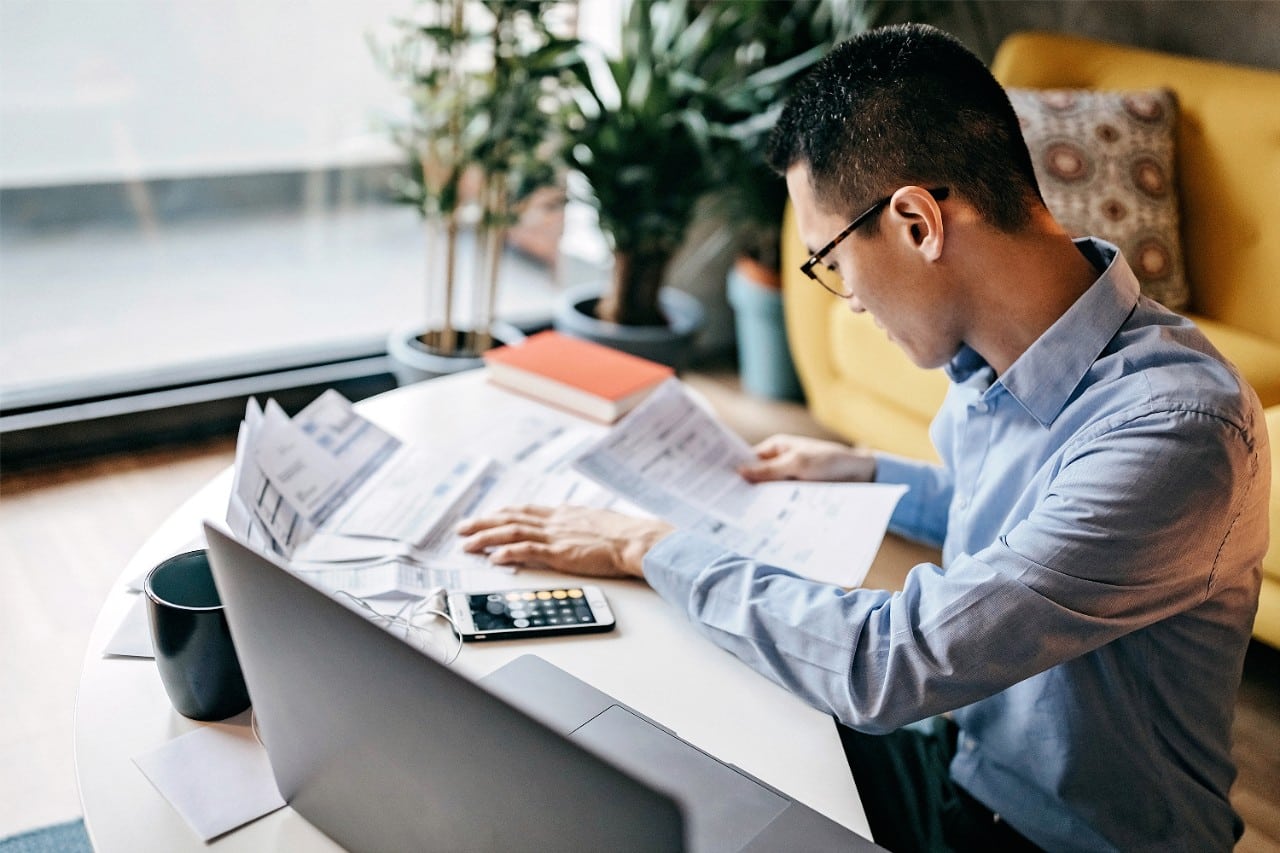
Here’s a situation, you’ve finally decided to buy a residential property for yourself, which will cost you around $ 1 million.
But you find out that buying a property is not the same as buying something small such as your favourite brand of noodles.
Property buyers in Singapore can’t possibly dish out millions of dollars while buying a home; that’s just something financial institutions don’t allow anywhere.
Whether we’re talking about resale flats, private condos, or even HBD flats, flat buyers always have to rely on housing loans and, in some cases, housing grants.
Even companies looking to buy commercial properties must go through a bank loan to make the purchase.
Making a commercial property investment is a mega-expensive ordeal because of the steep nature of office property prices, and the same can be said for residential properties.
However, unlike when it comes to commercial properties, Singaporean Citizens always have a secondary account to help them out with their residential property purchases.
This account can be used to pay for a certain part of the downpayment required in purchasing a property, mitigating some of the overall financial strain.
What is this account, you ask? Well, it’s your very own CPF account or, Central Provident Fund account.
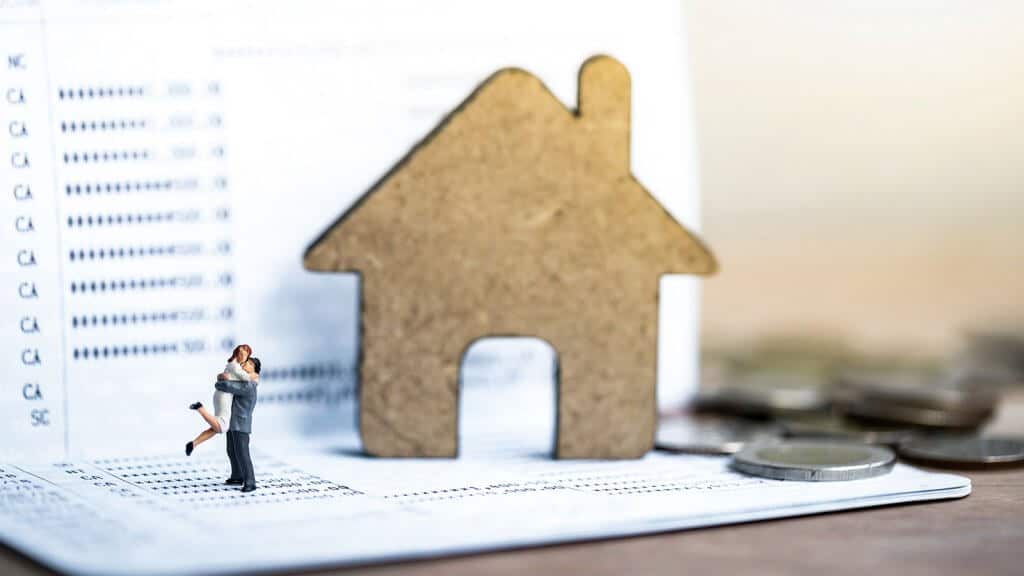
What Is CPF?
You can think of CPF as your financial lifeboat that you can count on when you retire or when you have to make a considerably high payment for property purchases or for medical needs.
Essentially, CPF is your foundation for retirement and can be used for retirement expenses as well as housing payments, as well as housing loan repayments.
The objective of this fund is to create a sustainable spending plan for when you retire, in case you need additional finances while purchasing property or for medical expenses.
There are three types of CPF accounts.
CPF ordinary account, which is used for your housing and retirement expenses; CPF special account; which is specifically focused on your retirement expenditures; and CPF Medisave account, which is specifically focused on your medical needs.
In other words, CPF is essentially a social security savings system which is funded by a portion of the salary your employee pays you every month.
Simply put, 20 % of your monthly income will be transferred to your three CPF accounts.
This will form a strong foundation for your CPF basic retirement sum, which will be given to you on monthly payments to cover your expenses during retirement.
Alternatively, you can apply to withdraw all your CPF savings above the basic retirement sum if you own a property with a remaining loan tenure that may last till you are at least 95 years old.
Additionally, if you are a low-wage worker, you can expect to receive some help from the Singapore government via Medisave top-ups and Workfare schemes.
Once you have reached the withdrawal age of 55 years old, the accumulated amount of savings in your CPF OA and CPF special account will be immediately transferred into your retirement account.
The basic retirement sum is usually made known to you beforehand so you can financially plan out your retirement.
Nevertheless, once you are 55, you will be allowed to withdraw the initial sum of $ 5000 from your CPF OA and special account.
A 20 % lump-sum withdrawal from your retirement account is possible once you have reached the payout eligibility age of 65 years old.
This is only possible if you are one of those lucky individuals who will turn 65 around 2023 or after; consider it your 65th birthday present.
Of course, the $ 5000 you withdrew before at 55 years old will be deducted from this 20 % lump sum amount.
In order to keep up with long-term inflation and the ever-rising living standards of society, the payouts for individuals turning 55 need to be larger each year.
Additionally, you can get monthly payouts once you reach the age of 65, which will be considered as your retirement income.
All in all, CPF is a well-thought-out spending plan which can benefit you during retirement, as well as help you to secure a home.

WhatsApp Us 😊
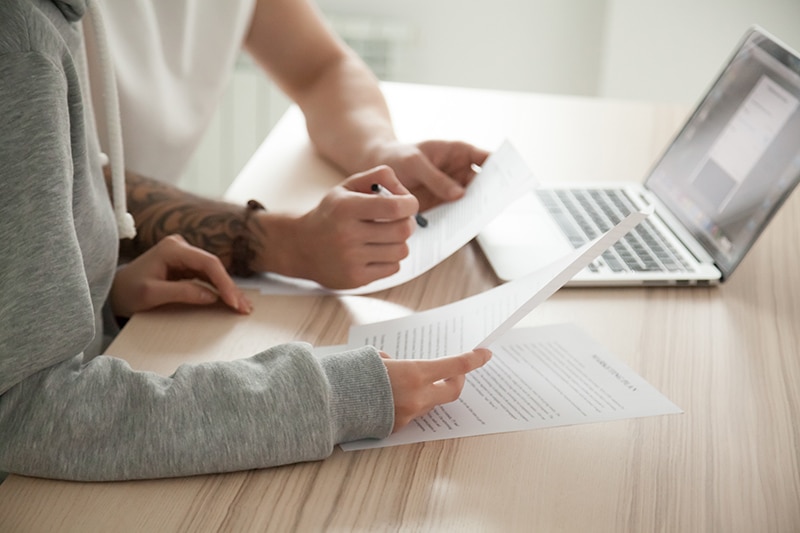
Who Pays CPF Singapore?
If you are an employee working in Singapore under a contract of service, your employer is obligated to make contributions to your CPF account.
Basically, if you work in Singapore under an employer in Singapore, and you earn more than $ 50 in a month, you are eligible to receive CPF.
This is regardless of whether you are a full-time employee, part-time, contractual, temporary, or if you are an employee working on a casual basis.
Also, if you are employed by an employer outside of Singapore but are currently working in Singapore, you are eligible for CPF.
CPF can be received during the payment of basic wages, any cash incentives, allowances, commissions and bonuses, and any overtime work payments.
In Singapore, there are two types of wages; ordinary wages and additional wages.
Ordinary wages include the fixed monthly income which you receive from your employer, while additional wages include any yearly bonuses or commissions.
The CPF you can receive on your ordinary wages is capped at $ 6000, while the maximum amount for your additional wages depends on how much bonus you earned that year.
You and your employer pay a share for your CPF contribution each month unless your earnings are more than $ 50 but do not exceed $ 500.
In the latter case, only your employer is obligated to pay for both shares of the CPF contribution.
As a general rule, CPF payments are supposed to be made at the end of each month.
If your employer fails to pay the CPF share until the 14th of the next month, he will face some enforcement action.
Finally, you are not eligible for CPF if you are a self-employed person, such as a business owner.
However, you are supposed to contribute to your Medisave account if you earn more than $ 6000 per month.
Moreover, people with unconventional jobs, such as household workers, are not liable to receive any CPF payments.
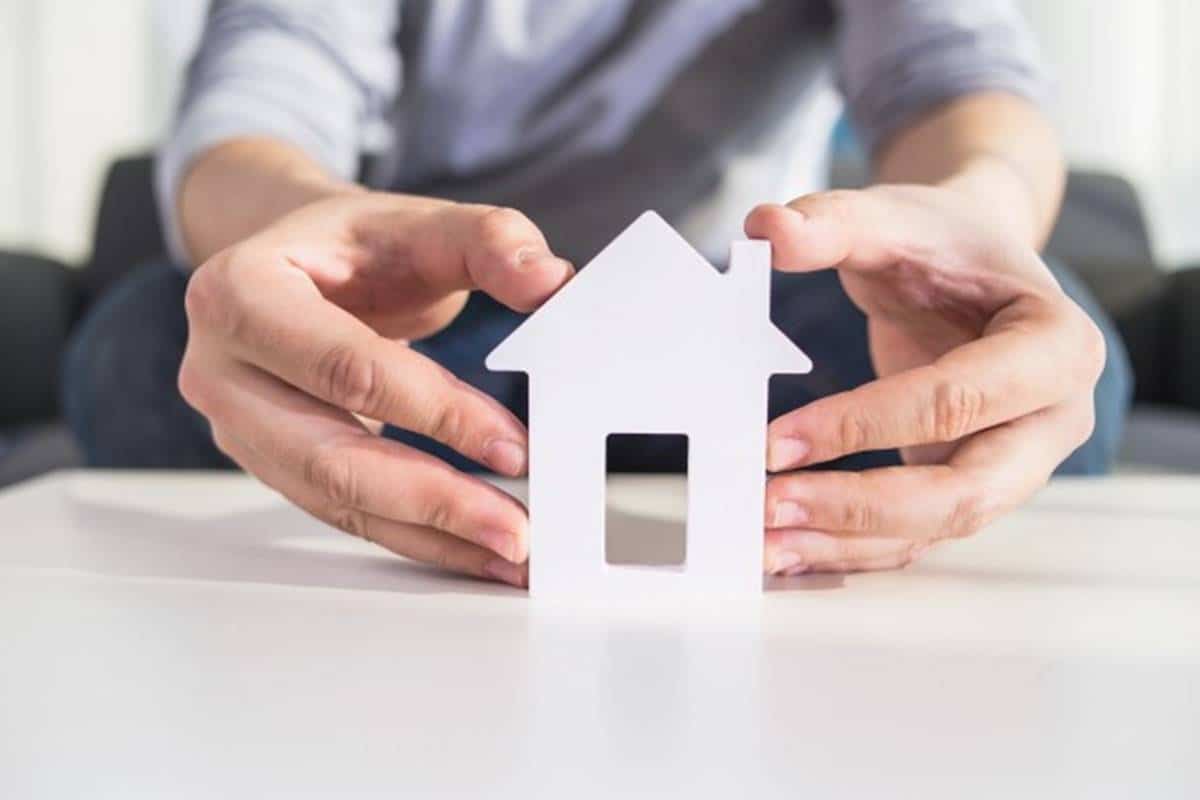
What Can CPF Be Used For In A Property?
The first and foremost use of your CPF during a property purchase is to pay for the initial downpayment of the property.
However, you can only use the CPF to pay the downpayment completely in the case of HDB flats, which require you to pay a 15 % downpayment while purchasing.
Note that this is only possible if you have opted to take an HBD loan and not a bank loan for your purchase.
If you’re buying an HBD flat using a bank loan, you will have to pay a 25 % downpayment.
You can pay up to 20 % of this downpayment using your CPF, while the remaining 5 % has to be put down as a cash downpayment.
While buying a private development under construction, such as a new launch condo, you can pay for the 20 % downpayment in CPF, while 5 % has to be paid in cash.
In case you have completely drained your bank account and are no longer able to afford your monthly housing loan instalments, you can use the CPF OA to pay for it.
How this works is that the monthly CPF contribution by your employer will directly go into your housing loan repayments.
Additionally, this method is possible both for bank loans as well as HBD loans.
You also have the option to pay for legal costs such as stamp fees and other administrative fees using your CPF OA money.
However, this payment is only possible on a reimbursement system, meaning that you will have to pay for the expenses yourself using cash.
Once you are done with this cash pre-payment, CPF will give you a voluntary refund of the monies spent.
Note that this payment should ideally be made through your lawyer or HBD.
CPF can also be used to cover the life insurance expenses for the outstanding home loans of HBD flat buyers.
This is mandatory under the Home Protection Scheme, which is designed to prevent you and your family from losing your home in the event of your death, terminal illness, or physical disability.
You can use your CPF OA money to make the annual HPS medical insurance premiums.
As mentioned earlier, CPF provides alternative options for payments when it comes to financing your property purchase.
However, using your CPF funds for housing loan repayments is subject to the particulars of the current housing loan package and property loan factsheet.
That’s why it’s always important to check the loan fact sheet, as it gives crucial information such as the loan term, loan default, loan interest rate, minimum lease period etc.
For example, let’s say that you and your son are buying a flat together, and the remaining lease of the property covers your son using his OA savings to at least 95 years of age.
If you are using an HBD loan to finance a built-to-order flat, then you and your son can use your CPF OA accounts to pay the HBD loan for the remaining loan tenure.
If you have taken an HBD loan to finance a resale flat or a DBBS flat, then you and your son can use your respective CPF OA accounts only up to the lower of the property purchase price.
If your housing loan is still outstanding after that, you may continue to use the OA savings to finance the loan.
However, this is only possible if you have set aside enough of the basic retirement sum in the CPF account to afford a monthly income that can support your retirement life.
Moreover, if you are above 55, the money in your retirement savings account, Special account and ordinary account can be used to make up the basic retirement sum needed; your son won’t have this option.
Now let’s say that you are using a bank loan and are already using your OA savings to finance a different property that you own.
In this case, you will need to set aside the basic retirement sum in your CPF account that can provide you with a decent monthly income to support your living expenses in retirement.
What’s more, you and your son (if he is a co-buyer) can only use the CPF savings up to the lower purchase of the property.

WhatsApp Us 😊

Can We Use CPF To Buy A Private Property?
Yes, we can; however, there are certain terms and agreements which come attached with the CPF use.
Conditions For Use Of CPF Savings
You can use the CPF OA savings for any direct payments made to the seller or property developer for the purchase of private residential property.
You can use the CPF OA savings for part of/or the whole of housing loan repayments via monthly instalments for the loan for your property purchase or house construction.
You can use CPF OA savings to pay legal fees such as stamp duty or any other expenses related to the property purchase or paying for the mortgage of the property.
CPF savings can be used to pay for the construction of private properties under the progressive payment scheme whenever due.
However, if the property is being constructed by unlicensed developers, the CPF savings can only be used to make a payment once the property construction is complete up to the roofing stage.
Instances When CPF Cannot Be Used
CPF cannot be used to pay the option fee while purchasing private property, nor can it be used to pay for repairs or any construction work for the property.
CPF cannot be used to pay for your property’s taxes or monthly service charges.
CPF cannot be used to pay for loans which are not related to the purchase of your property or, in simple terms, non-housing loans.
CPF cannot be used to pay for the purchase price if it is higher than the lower of the valuation price or selling price quoted by the seller in the case of a private resale property.
CPF cannot be used to reimburse any payments you made to the seller which came from your personal funds while purchasing the property.
You are not allowed to use your CPF for property purchases at all if you are an undischarged bankrupt individual.
Conditions Of CPF Usage For Construction Of House, Or Land Purchase
You cannot use your CPF funds directly to pay for land purchases or house constructions.
What you can do is use your own funds for the payments and then get a reimbursement for the same amount later.
You will have to make the reimbursement request within six months of the issuing of the Temporary Occupation Permit (TOP).
This reimbursement will be made as a one-time payment and will be subject to the available balance in your ordinary account, meaning that no monthly withdrawals are allowed.
When applying for reimbursement, you should submit an application with the valuation report of the completed property prepared by the financier and license valuer.
Moreover, this valuation report as well as the value of the property, can be re-assessed by the CPF board if necessary.
Additionally, you should also include the construction costs breakdown, original receipts of the payments made from you as evidence, the financier’s letter of offer for the purchase/construction loans, and a Grant of written permission from the urban redevelopment authority for the reconstruction purpose.
Types Of Housing Loans That Can Be Paid Using CPF
You can use CPF savings to finance a housing loan received from any bank licensed under the Banking Act or finance company licensed under the Finance companies act, plus any merchant bank approved as a financial institution under the monetary authority of the Singapore act.
You can use CPF for any housing loan which you received because the initial loan was transferred from one lender to another if you took the initial loan to finance the purchase of your property.
CPF can be used if you received the housing loan from a bona fide employer under the circumstance that you repay the loan using monthly instalments.
CPF can be used to pay for a housing loan which was granted to you on a non-checking overdraft account by any Singapore bank.
In case your property was paid with a checking overdraft account, the loan amount considered as the housing loan is the lowest outstanding amount of the overdraft from the time of being granted to the application date for the CPF savings withdrawal.
You must convert this loan amount to a term loan before you can use CPF savings to repay the loan.
Any amount which was not converted to a term loan is not eligible to be paid using your CPF savings.
Finally, the total amount of CPF savings you withdraw each month for instalment payments should not exceed the required amount for the monthly loan repayment of your house.
Limits To How Much CPF You Can Use
The amount of CPF funds anyone can use to finance their housing needs is completely determined by two factors: the Withdrawal Limit (WL) and the Valuation Limit (VL).
The Withdrawal limit is defined as the maximum amount of your CPF monies you can spend on the property purchase; it is currently capped at 120 % of the VL.
Meanwhile, the Valuation limit is the purchase price of the actual valuation of the property while you are purchasing it. (whatever is lower).
Now, let us provide some scenarios to better showcase how the valuation and withdrawal limits are calculated.
First off, we will be looking at scenarios where you have hypothetically taken an HBD loan, where the withdrawal limit is not applicable.
If you’re purchasing a BTO flat, then neither the withdrawal nor valuation limit is applicable, and you are free to use your CPF savings to pay for the purchase.
However, the valuation limit will apply for both cases if you are purchasing a resale or DBSS flat.
If you still want to use your CPF savings for an amount that goes beyond your VL, you will have to meet the basic retirement sum in your ordinary around and special account if you are below 55 years of age.
Alternatively, you can meet the basic retirement sum in your ordinary, special and retirement account if you are aged above 55 years.
For example, let’s say you want to buy a resale flat which has a remaining minimum lease of 65 years left on the property.
Let’s assume that the purchase price of the flat is $ 500,000 and the market value of the flat is $ 480,000.
In that case, the valuation limit of your CPF spending will be set at $ 480,000.
Now, we shall calculate how much your monthly instalment will be based on your tenure, interest rate and total loan amount.
Let’s say you have made a downpayment of $ 100,000 and acquired a total loan amount of $ 400,000, with a loan tenure of 30 years, at a 2.6 % interest.
This means that you will have to pay $ 1601 each month in order to repay the full amount within the next 30 years.
Since your valuation limit is $ 480,000, you’ll have hit the limit in 22 years and 1 month.
That means if you are not able to maintain your basic retirement sum by this point, you’ll have to pay for the remaining loan amount in cash.
However, if you’re able to meet the BRS, then you can continue to pay for the loan using the CPF savings without any issue.
Now let’s look at a scenario where you have taken a bank loan, in which case, both the valuation and withdrawal limits are applied regardless of what kind of property you purchase.
So, with the example of a flat costing you $ 500,000, with a market valuation of $ 480,000, the VL will be set to $ 480,000 and the WL will be = $ 480,000 x 1.2= $ 576,000.
Now, in this case, you will also have to meet the BRS if you want to pay off your mortgage using your CPF savings beyond the VL of $ 480,000.
However, the difference here is that you’ll have to start using cash regardless of whether or not you meet the BRS if you have hit your maximum withdrawal limit of $ 576,000, which as per our calculations, will happen at 27 years and 4 months.

How Much CPF Can I Use For 2nd Property?
If you’re planning on using your CPF savings to purchase a second property, then you might want to look over a few details first.
First of all, it is definitely possible for you to use your Central Provident Fund to finance your housing loan on your second property.
However, there are a few limitations attached to this.
If you have already used your CPF to finance your first property purchase, then you will not be able to allocate the full CPF amount to this second home loan.
In fact, you will only be able to use whatever remaining CPF savings you have remaining to finance the second property.
What’s more, this is only possible if you have already set aside the mandatory basic retirement sum of $ 96,000.
What To Consider When Using CPF To Buy Property
Buying a property depends on a set of simple questions.
Can you afford the property without negatively impacting your lifestyle?
Can you pick the right type of loan for you?
And, can you maintain an emergency fund while taking the housing loan?
The first thing to do before even attempting to buy a property is plan out your finances accordingly.
Make sure you keep your total debt servicing ratio within 55 % and your monthly housing loan instalments at 25 % of your monthly income, including variable income such as rental income.
You should always choose the best housing loan that suits your needs, whether it is a bank loan or an HBD loan.
The maximum loan amount for HBD loans is 85 % of the purchase price, and the interest rate is fixed while pegged at 0.1 % above the CPF OA rate.
If you are a business owner with a high capital yield, you might want to choose HBD loans as they allow capital repayments.
Meanwhile, bank loans have a maximum loan amount of 75 %, with different interest rates for each bank.
Keep checking from bank to bank for repricing options, quarterly charges on interest, and the most suitable housing loan arrears.
Also, keep your age in consideration, as the property owner’s age is an important factor in the loan tenure.
You should also look for alternative modes of financing your property, such as government grants in the case of HBD flats.
If you are planning on using your OA, you have to plan ahead, keeping your retirement expenses in mind.
Be sure to calculate the amounts for your CPF LIFE, MediShield Life and LIFE payouts.
This is because you will lose your CPF savings kept for retirement if you have used the majority of your OA savings to pay for your property, so be sure to reserve the possibility of basic monetary transactions for retirement.
It is advised that you keep at least $ 20,000 in your CPF account as an emergency fund in case things go south.
This will make sure that you have something to grasp onto in case of emergencies such as serious medical expenses that might require a lump-sum pre-payment, and at the same time, you’ll keep earning interest on that amount up to 3.5 %.
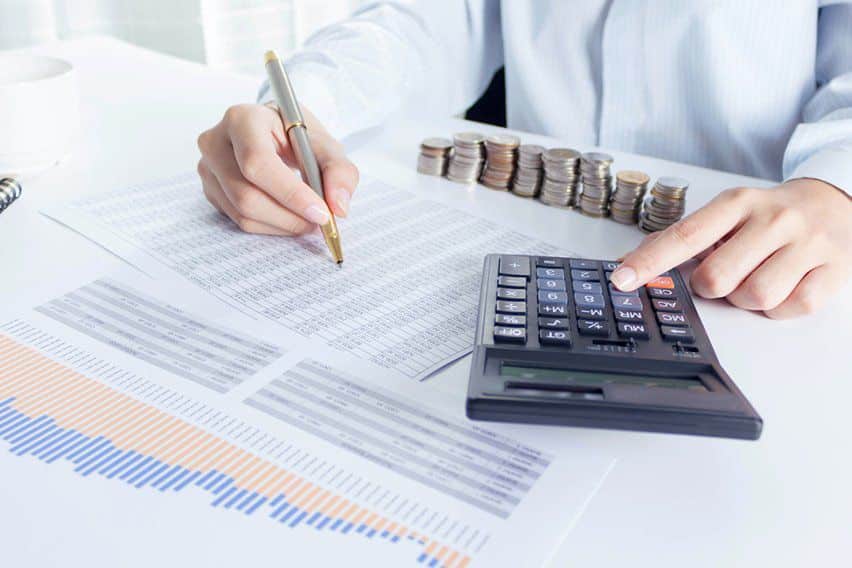
Does Basic Salary Include CPF?
According to the Commissioner for Labour, the basic salary of an employee is defined as the basic rate of pay, not including deductions or contributions made to CPF payments.
So it is safe to assume that your basic salary is not inclusive of your CPF contributions.
A Final Word On Using CPF Funds To Finance Your Property
CPF usage is subject to various financial risks, including the complete evaporation of your retirement funds.
You should always be extremely careful and prudent while using any amount from your CPF funds.
While you can use it to pay your housing loans, we recommend that you only stick to using the CPF for the downpayment and not the full loan.
This is because the primary objective of your CPF fund is to reserve some monetary amount for your retirement and medical needs.
It has come to our attention that too many property buyers tend to use their CPF funds recklessly to mitigate their cash payment on the property purchase.
This can cause a lot of financial problems in the long run and have a negative impact on your retirement fund.
Property buyers who do so usually reach the CPF withdrawal limit or the Valuation limit without even realising it.
What makes it worse is that this happens before the loan tenure is completed and when they have no savings.
If you are indeed planning on using up your CPF funds, then we advise you to maintain an emergency fund beforehand or at least have enough cash savings to be able to pay the rest of your loan by cash.
You should also consider the fact that you would have to sacrifice the 2.5 % interest rate which you would earn if you keep your CPF ordinary account intact.
Also remember that in case you sell the property, later on, you will have to return the accrued interest to your CPF account, which can be financially draining.
So, always think twice before deciding to use your CPF account for anything other than medical or retirement purposes.
If you are using CPF for property purchases, weigh out the financial pros and cons beforehand and only go ahead with it if the pros outweigh the cons.
Alternatively, you could use your CPF only for the initial downpayment of the property and not to pay off the total amount.
Even still, if you do go ahead with using your CPF savings for your housing loans, be sure to keep a check on your CPF withdrawals.
One good way to keep tabs on this is to obtain an online receipt for each of your CPF withdrawals.
To make things convenient, you could set up your account so that you get email notifications for each CPF withdrawal.

Why Choose A New Launch Condo For Investment?
There are several benefits to buying a new launch condo for investment purposes, take a look!
Appealing New Launch Condo Discounts
First of all, new launch condos tend to hand out early-bird discounts and vouchers during VIP preview sessions, where potential buyers get an invitation to visit the unit in person before anyone else.
You might be lucky enough to get a discount of up to 11 % while hand picking the exact unit that you want.
This gives you an opportunity to get your hands on the ideal unit, which is placed at the most convenient and scenic spot.
Having a unit that looks better and is located more conveniently than others boosts up your chances of finding tenants, or buyers if you wish to sell it later on.
Latest Designs And Amenities
New launch condos are new developments and will always have the latest amenities, eye-catching designs, and aesthetically pleasing visuals.
Having this advantage makes new launch condos a more lucrative and luxurious option than a resale condo which will probably be outdated.
After all, many potential buyers in the market want to pay top dollar for the best-looking apartments in town.
They want to have the feeling of modernity and luxury, and they won’t compromise on it no matter what.
Meanwhile, Resale condos, having been built years ago, will not be able to compete with a freshly made smart home with futuristic designs and eye-catching aesthetics.
Moreover, a new launch condo will most likely be located in a building with its own supermarket or hair salon.
This is all part of a new effort from developers to bring a convenient and comfortable lifestyle to the average homeowner.
No Need To Spend Money On Repairs
New launch condos, being brand new, are less likely to consist of any maintenance issues or repair needs.
These apartments will be furnished with the latest appliances of the highest quality, which will not show any signs of wear and tear for a long time.
With a new launch condo, you can rest assured that you won’t have to dish out any extra money on maintenance and repair fees.
On the other hand, a resale condo will be filled with old and outdated appliances and furnishings, most of which will need to be repaired immediately.
More Variety To Choose From
You can talk to your property agent and discuss your requirements beforehand in the case of a new launch condo.
There are always various new development projects popping up in the neighbourhood that might catch your eye.
The fact that you get to choose your condo before it is constructed gives you ample time and options to pick from.
You could keep looking until you find the perfect one that you simply can’t resist.
Meanwhile, resale condos are limited and do not have a lot of elements to choose from.
Although they are spacious, they don’t have the latest facilities and designs, making them quite undesirable for tenants.
Method Of Payment
New launch condos allow you to use the progressive payment scheme, which means that you only have to pay for what has been built.
This means that you don’t have to chalk up the entire property price at one go and can instead pay certain sums over the course of years.
What’s more, should you decide you want to sell it off before the construction is completed, you can do so.
Needless to say, these options are not available in the case of resale condos.

What Factors Affect The Cost Of A Condo In Singapore?
- Buyer’s Stamp Duty
This is something you have to pay regardless of whether or not it is your first property purchase.
The BSD is calculated at 1 % of the first $ 180,000, 2 % of the second $ 180,000, 3 % of the third $ 640,000, and if the property price is more than a million dollars, 4 % of the remaining amount.
So, if you want to buy a condo costing $ 1 million, BSD will cost you $ 1800 on the first $ 180,000, $ 3600 on the second $ 180,000, and $ 19,200 on the remaining $ 640,000.
This will add $ 24,600 on top of the 1 $ million purchase price of the property you want to buy.
- Additional Buyer’s Stamp Duty
If you are a Singapore citizen, you won’t have to pay ABSD on your first property purchase.
However, you will have to pay ABSD at the rates of 12 % on the second property and 15 % on the third property.
So, your second property, valued at $ 1 million, will increase in price by $ 120,000. And your third property will increase by $ 150,000.
If you are a permanent resident, you will have to pay 5 % ABSD on your first and 15 % on your second and subsequent properties.
This will increase your first property price from $ 1 million to $ 1 million 50 thousand.
Your second property will also have an extra $ 150,000 added on top of the $ 1 million.
If you’re a foreigner, then you will be charged 20 % ABSD even on your first property, which would increase the cost by $ 200,000.
Entities, such as companies and corporations, will have to pay an additional 25 % as ABSD, adding $ 250,000 on top of the $ 1 million cost.
- Loan To Value Limit
The LTV limit essentially controls how much minimum cash downpayment you have to put up and how much in total you have to pay for the property from your end, excluding the loan from the bank.
If you have an LTV limit of 75 %, you will only have to pay for the remaining 25 % on your own and pay a minimum cash downpayment of 5 %.
If you have an LTV limit of, say, 55 %, you will have to come with the remaining 45 % on your own and manage a minimum cash downpayment of 10 %.
If you have an outstanding loan to your name, your LTV will decrease to 45 % or 25 %, in which case, you will have to chalk out a 25 % cash downpayment.
If you have two outstanding loans, your LTV will drop to 35 % OR 15 %, meaning you have to come with the remaining amount, plus a 25 % cash downpayment.
Up Front Cost Breakdown For A S$1M Condo
As mentioned earlier, the upfront amount that needs to be paid for any property depends on the BSD, ABSD, legal fee costs, and property price.
If you are a Singapore citizen buying your first million-dollar property will only have to pay for BSD.
So, assuming that the LTV is 75 %, you will have to pay the remaining downpayment of $ 250,000 and the BSD fees of $ 24,600, which comes up to a total upfront cost of $ 274,600.
Now, assuming that the LTV is 55 %, you would have to pay the remaining downpayment of $ 450,000 and the $ 24,600 BSD amount, totaling an upfront cost of $ 474 600.
Now, if it’s your second property, then you also have to factor in the 12 % ABSD cost, i.e., $ 120,000.
So, an LTV limit of 45 % means you will have to pay the remaining $ 550,000, added with the $ 24,000 BSD, further added with the $ 120,000 ABSD, resulting in an upfront cost of $ 694,000.
If the LTV limit is 25 %, you will have to pay the remaining $ 750,000, added with $ 24,000 BSD, further added with $ 120,000 ABSD, resulting in an upfront cost of $ 894,600.
Note that Singapore’s permanent residents will have to pay 5 % ABSD on their first and 15 % ABSD on their second property purchases.
On the other hand, foreigners will have to pay 20 % ABSD on all property purchases.



